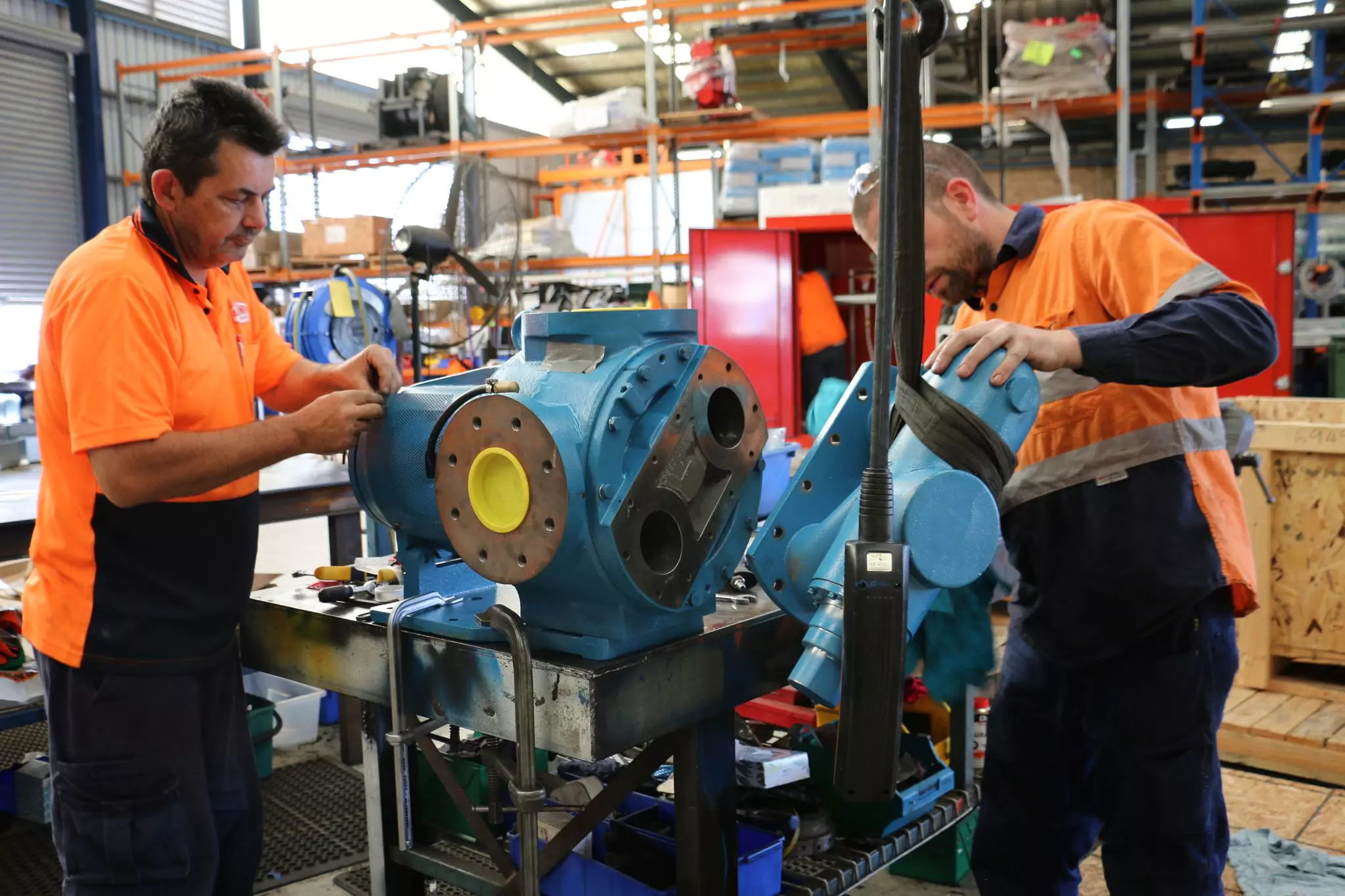
You’ll enjoy the All-Pumps experience. We’re certain.
Maintenance Capabilities
Maintenance Capabilities
Resources
Piston pumps are reciprocating in nature and are under the positive displacement classification. As their name suggests, these industrial pumps utilize pistons to move and pressurize fluids. Most piston pumps are driven by an electric motor through a crankshaft and a connecting rod.
There are several types of piston pumps that are used by different industries. The options include lift type, force type, axial type, and radial type.
The choice, of course, depends on the system requirement but generally, the specifications needed while choosing the right type of piston pump to use include head, volume stroke, power rating, horsepower, flow rate, pressure, temperature, and outlet diameter.
Reciprocating Pump
Like most positive displacement pumps, piston pumps operate by using the force of the pumping mechanism (in this case by a piston) to expand and contract an internal movable volume of liquid. Piston pumps draw power from either an electric motor or an internal combustion engine. Although a hassle, piston pumps can also be manually operated by hands, wind, or flowing water. Typically, rotational motion drives the piston.
Piston pumps typically use one or more pistons plus a set of control unit. They are either single acting or double acting. The latter involves control devices and liquid on both ends where the pumping cycle is completed by having the fluid flow from one direction to the other. Put simply, when one piston is in the intake stroke, the other is in the exhaust stroke.